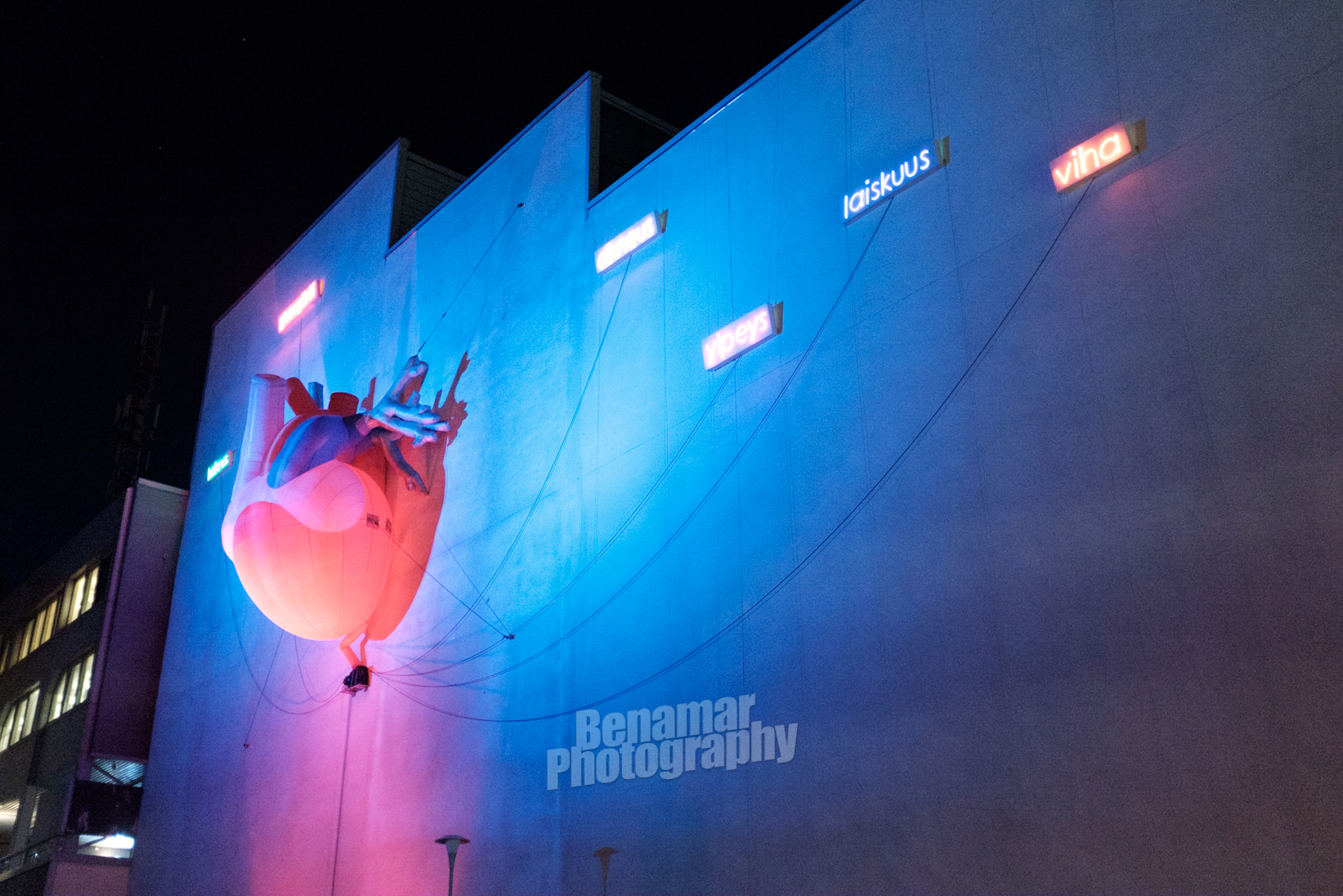
I have owned a Fujifilm X100T for a couple of years now. I haven’t written a review about it just because there are plenty of those already on the web, many of them better I would ever write. What started me with this article was the release of the new version X100F
, which was said to be improved in almost every way. The X100F
is technically a better camera than X100T
, I don’t deny that, but let’s dig deeper. A short disclaimer about the photos I’ll post with this article: I’m writing this on flu, and it’s winter outside anyway, so it’s better to delve into old photos of my X100T
. The pictures I picked are as is, without processing in Adobe Lightroom, because I’m having network trouble with my photos collection and can use only the unmodified photos taken at the time. Maybe that’s for the better as you’ll see how the X100T
looks like, not what Adobe Lightroom is capable of. I have been using Classic Chrome film emulation for some of the photos and to me it sometimes really looks like the real thing, but without the grain.






Fujifilm has implemented a kind of Kaizen philosophy to their products. Kaizen means continuous improvement, but improving also includes the products they have sold, even the very old ones. Fujifilm has released firmware updates for timeworn cameras whereas some other manufacturers do not support their product after the next best thing is released. They’ll do the best they can to improve the old cameras to the point the hardware allows. I understand that they have business interests not to introduce every new invention to all old cameras also, but everything that you felt wrong about any Fujifilm camera when it was released has been more or less fixed later, only limited by the hardware (e.g. lack of phase detection points for autofocus). The best example is the X-Pro1 which is now entirely different camera compared to what it was when first released. I have not checked the current price for 2nd hand Fujifilm X100T, but I’m sure there are good deals around now that people are upgrading to the latest model. What many do not understand that releasing a new model does not render the old model obsolete, it is as good camera as it was before the new version was released, now only significantly less expensive.

The X100T has internal ND filter and both leaf and electronic shutter so you can shoot in bright conditions at full aperture if you want. I’m not a fan of ND filters you screw on your lens since these seem to cause trouble, more or less depending on focal length. Switching on the internal ND filter can be assigned to a button, so it’s very easy to use. One other as useful feature is the macro capability meaning that you get good closeups as well. Although the lens is fixed and the focal length is 23 mm, these additional features widen the capacity of the camera.



For Fujifilm X100T this means that it does not feel like an old camera, although having been released on September 10, 2014. Compared to how other manufacturers use planned obsolescence to get you to upgrade, the X100T
does not feel as old as it is. When comparing technical specifications with X100T
and X100F
, the most important new features of X100F
come from X-Pro2
or X-T2
, and to be honest; you’ll do just fine without them. The megapixel race is still continuing, and unless there is image stabilisation involved, I would not put more than 16 megapixels on an APS-C sized sensor. For full frame, the sweet spot seems to be 24 megapixels like on my Leica M240. On X100T
the 16-megapixel image is 4896 x 3264 pixels in size, while the newer camera has the 24-megapixel sensor. I don’t know how large your prints need to be, but for my purposes this is fine.
I am always using my X100T with a single centre focus point. Since it does not have joystick nor touch screen, I do what I’m used to with my Leica’s – focus and recompose. Autofocus speed is very fast when used in this manner, and since you have a fixed 23 mm lens, you’re probably not going to shoot sports or wildlife with it anyway. The new X100F
has the same lens from what I’ve heard, and since the 23 mm F2.0 is already a bit soft at certain distances (but not too soft to be any real problem), I don’t see anything gained by adding more megapixels to the image. It’ll only mean you’ll have to use higher shutter speeds to get sharp pictures. I haven’t shot with X100F
, but X100T
is good enough with high-ISO and for photos that matter, base ISO is what counts to me. I don’t need 50 million grainy pixels at ISO 4 million or whatever the trend is now, and I am having a hard time thinking why should you either.


Fujifilm has always been quite good at higher ISO because the noise and grain it has tends to be monochromatic involving only luminance, which is easier to remove if you want to do so. Colour noise, however, is much harder to get rid of and usually causes the photo to be blotchy, wax-like or like watercolour. My Sony cameras are terrible in this department because every time there is noise, there is also some additional colour that wasn’t there.
Is there something you miss by purchasing the older model? Faster focusing is maybe the biggest issue, but if you’re like me and like to zone focus or use even manual focusing, that slight increase in speed might not be a problem at all. To be honest, if you’re looking for speed, why not buy the X-Pro2 or similar and have the incredible Fujifilm lenses in your arsenal as well. The X100T
and the new X100F
is about having a fixed focal length masterpiece with optical hybrid viewfinder making the camera unique. It’s fun to use, tiny and the battery lasts well for its size. The X100F
has few interface changes and new menu, but who uses menus anyway? The ISO dial and one assignable dial are nice, but so far I haven’t missed them. Fujifilm X100T
weighs only 440 grammes with battery and memory card, meaning that it’s the best thing when you’re stepping up from smartphones. I have iPhone 6S Plus and Huawei P9 with Leica dual cameras (one of which is B&W only) and while they are good and can take RAW images, there’s still so much you’ll gain by using a real camera like the X100T
. There is only one thing that I miss in X100T
, and that is weather resistance, or even better, weather sealing. I don’t swim with it, but the weather in Finland can sometimes be intolerant to digital cameras.


